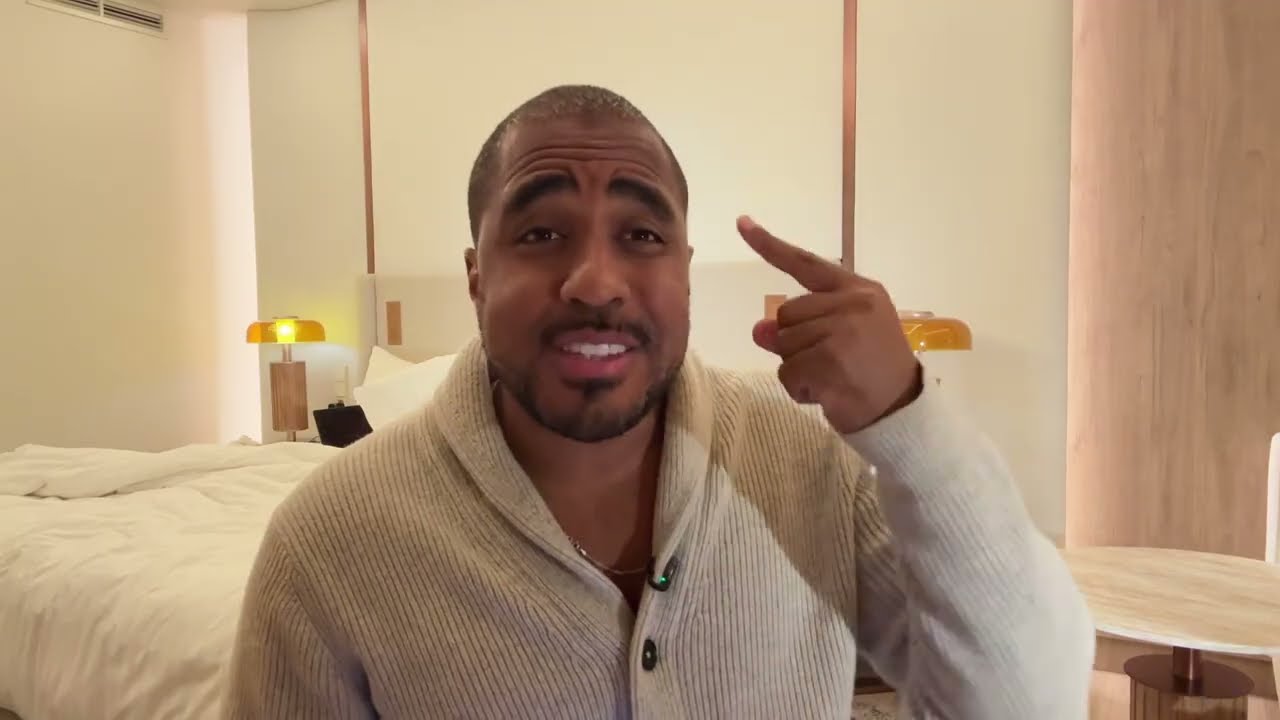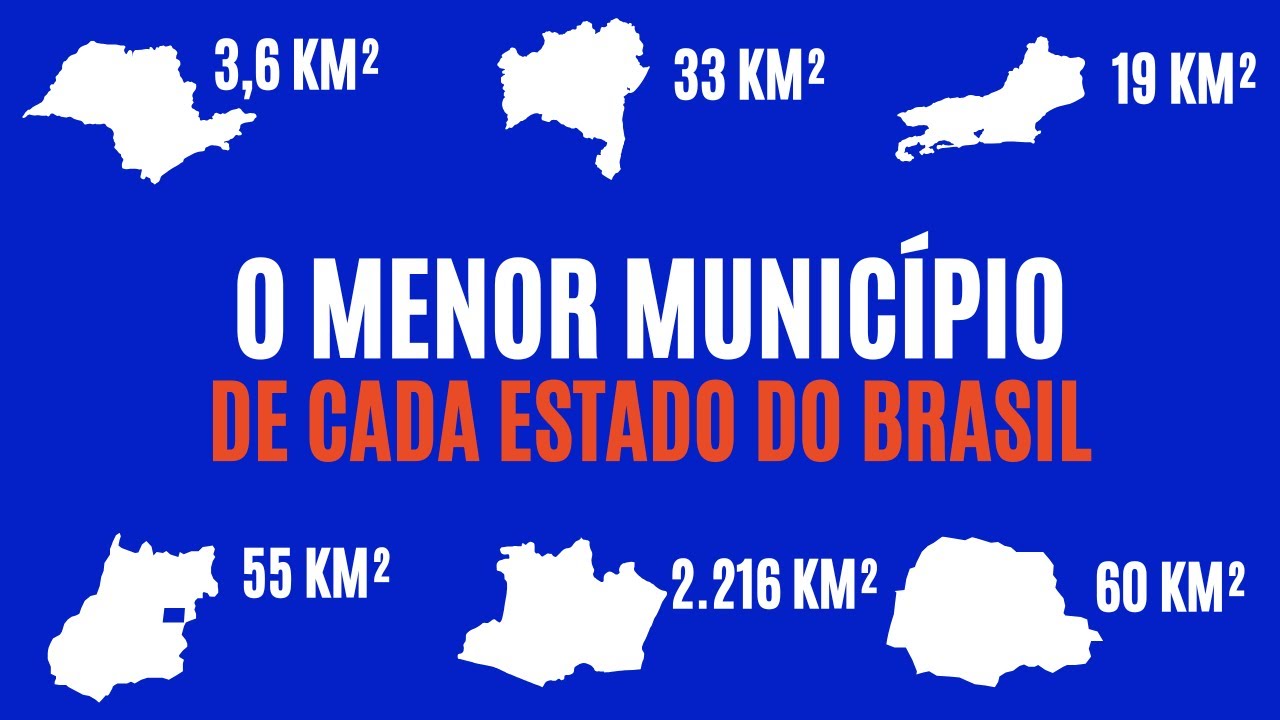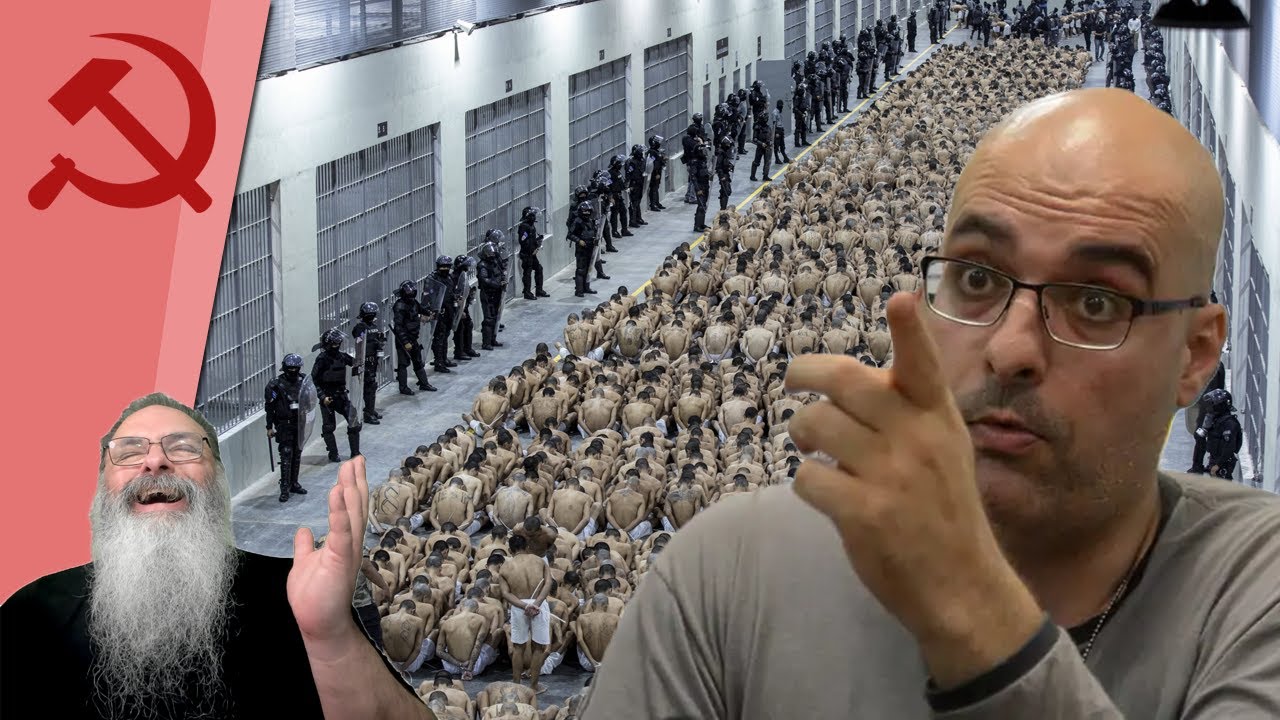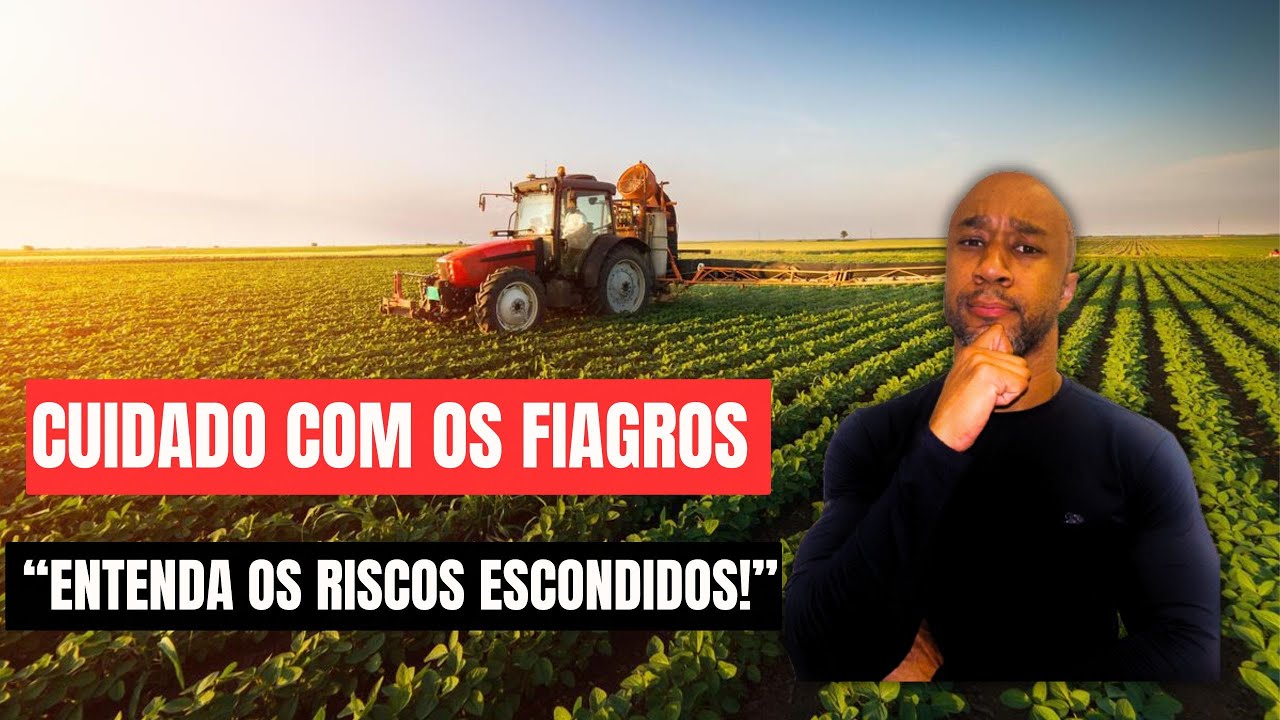DA ULTIMA CEIA ATÉ O SEPULCRO VAZIO! Páscoa com ‘Israel com a Aline’
0Shalom and welcome back to Israel with Aline! We are in Jerusalem, because today we are going to follow in Jesus’ footsteps from Thursday to Sunday and that’s why we’re here at Mount Zion to start, but before that I want to welcome everyone who is new to the channel, and here we talk about everything from Israel and the Holy Land, for everyone, so welcome and let’s get started! Welcome to the Cenacle: the place of the Last Supper, this is where Jesus is going to gather with his apostles on Thursday evening, to make the “Pessach Seder”, the Jewish Passover dinner and what will happen when they are gathered around that table? Jesus is going to predict betrayal as it is written in Matthew 26 from Verse 20 “at nightfall Jesus was reclining at the table with the twelve as they were eating, He said: I tell you that surely one of you will betray me, they were very sad and started to tell him one after another, it is certainly not me Lord.” So it was in this place where Jesus, he will predict Judas’ betrayal. He’s also going to predict Peter’s denial here, but the most important thing he’s going to do here is to take the bread and wine. The Unleavened bread as it was at the Last Supper, and to distribute to them. And then communion will be taught here. This sculpture was placed here in the year 2000, of the millennium and it is an olive tree but this tree has been cut down, and it is being reborn from its buds, and it represents Jesus and more than that, the resurrected Jesus and at the foot of it, there is wheat here and also a grapevine with grapes. I mean this tree represents Jesus at the Last Supper as bread and wine. This here is the place of the Last Supper according to the local Christian tradition. But this room here is two thousand years old, and the answer is no, this place was destroyed and rebuilt a few times throughout history, the last reconstruction that we can see are these columns and the ceiling too, it is nine hundred years old. And after the Last Supper Jesus will
take three of his Apostles and go to pray in Gethsemane, where we are going now. So guys, let’s take a little walk. And now we come to the Garden of Gethsemane which in Hebrew is called Gat Shmanin, which literally means the place of the oil press and it makes perfect sense since we are at the foot of the Mount of Olives, the olives were gathered here and pressed here and this oil could be used for many things in Biblical times, among them the best oil was used for anointing, it was used for the Menorah of the Candlestick of the Temple of Jerusalem but we came here today because of this Garden, and what happened in it in Jesus’ time. And as it is written in Mark Chapter 14: “And they went to a place called Gethsemane and He said to his disciples sit down here while I pray, and he took with him Peter, James, and John and began to be terrified and distressed. And he said to them: my soul is deeply sad unto death, stay here and watch. And having gone a little further, he prostrated himself on the ground and prayed that if it were possible, that hour might pass from him.” And when Jesus walks away he goes to a stone, and on this stone was built this church that is called the Church of Agony that we’re also going to know now, and there’s something Brazilian in here. And it was is this place that Jesus said: “Abba Father, all things are possible for you, I ask that you remove this cup away from me, however your will be done and not mine.” And then this stone in front of the altar, where there is a dark grid around it, that’s the Stone of Agony, where Jesus is also going to sweat blood. But what is Brazilian inside this church? Up here, on the ceiling we see a coat of arms of Brazil, since Brazil was one of the nations that helped in the reconstruction of this church. And he returns to the Garden, and finds the apostles sleeping, and he says the following: “Simon, are you sleeping? Can’t you watch for one hour? Watch and pray that you will not enter into temptation. ” (Mark 14:37-38) And then he goes away once again to pray, and he returns to the Garden and once again they are asleep. And he will return to the Garden a third time, and arriving here for the third time Jesus is going to say, “Get up, let’s go! Behold, the one who betrays me is coming.” And just when he says this, Judas Iscariot comes here, with a crowd that is approaching and Judas will give the kiss of betrayal on Jesus and after that Jesus is also going to be arrested and taken to the high priest Caiphas, where we are going now. So let’s follow our tour and we’re going to Caiaphas’s house on Mount Zion, come on! And we arrive now at the church called
Saint Peter in Gallicantu, the Church of Saint Peter at the Cockcrow, and this church is built on the historical remains of the Caiaphas’ house, but why the name of Peter in this church? This story connects with the Last Supper, where we were a little
while ago. We see here the table of the Last Supper and Jesus here pointing to Peter, and showing the number three, he is here predicting the three denials of Peter that will happen when he is inside Caiaphas’s house. So inside this place it is both the place where Jesus was arrested, and also outside where Peter denied Jesus. But now let’s go inside and really know where Jesus got stuck. And Caiaphas’s house was built on
Mount Zion, so it’s literally on the lower level, so we’re going to go down a few floors until we get to the place we want, so let’s keep going down, come with me! And now we are entering a prison
from the time of Jesus. Why would the high priest in Jerusalem have a prison, have guards, have political power? How did things happen at that time? At that time, who usually chose the high priest were the Roman governors, which is was a scandal for the time by the way but that is was what happened. So Caiphas, in practice was like a right-hand man of Pontius Pilate, and he brings Jesus here and Jesus will be arrested. We can even see here those holes in the stone that are original, the ropes are not, they are later. But they are here to show us how they were. So here they could tie people up and leave them imprisoned, so there is an entire prison but there is a specific place that is believed to be the place or rather, the well where Jesus was
placed and that is where we are going now. And this place, at the same time, is so simple but so significant! This room here is empty, there is some crosses that have been placed here by Christians throughout history, and it only has an object here that is this book here, it is a Psalm 88 in different languages. And Jesus will be held in this place until dawn, and he will be taken to Pontius Pilate. So here on our side we see this street/stairway that connected the lowest part of Mount Zion with the central part of the city of Jerusalem, and so when Jesus is taken from the house of Caiaphas to the place where Pontius Pilate was, he probably also went through this same stairway. We crossed the city of Jerusalem, to the place where the Fortress of Antonia was. This colossal fortress was built years before by King Herod the Great, and inside this fortress is where Pontius Pilate will judge and condemn Jesus to death. This fortress has since then been destroyed and there are other buildings in its place, the two main ones that we will see today; one of them we can already see in front of us which is the Church of the Flagellation, which is as the name indicates, the place where Jesus is going to be scourged and receive the purple robe and also the crown of thorns. The second church that we will visit is the place where Jesus receives the cross. Crucifixion was a common practice in the Roman Empire, and therefore during the crucifixion of Jesus, elements were added that were not done in other crucifixions of the time, among them is that Jesus had to carry his own cross to the place of the crucifixion: Calvary. And then as we saw here, this is the place of Jesus’ trial, scourging and receiving the Cross. And from here he will walk all the way carrying the cross to the place of Calvary, to the place of the crucifixion and that is the same path that we are going to walk now together so come with me. Many times, when I am walking with groups on the way of the cross, people are surprised that this place has commerce, schools, has so much movement. There are churches, mosques here. But this is the reality when Pontius Pilate orders Jesus to carry the cross to Calvary, he does it with one goal: the goal of humiliating Jesus, and that as many people as possible to see his humiliation and his suffering so the idea is for him to pass in front of markets, in front of schools, in front of places until the maximum number of people could see this. So it makes all the sense in the world, that it’s like that to this day. This path is known as Via Dolorosa, Via Crucis or Via Sacra. Via dolorosa is also the Latin name and that’s why we see it indicated on the signs, the street name itself is Via Dolorosa, because of the Latin name, and also in this case it is the same as in Portuguese. As I have already mentioned in some other videos, the old city of Jerusalem today is divided into four neighborhoods: the Jewish neighborhood, the Christian neighborhood, the Armenian neighborhood and the Muslim neighborhood. And the Via Dolorosa today is in what is the Muslim quarter. A delicate subject, but important to talk about, is that there are two possibilities of Calvary, the crucifixion, might have been. And consequently, where is Via Dolorosa. Today we are taking the path that goes
towards the Garden of the Tomb, but for those who also want to know the Holy
Sepulcher, and the entire walk to the Holy Sepulcher, I’ll leave a link up here now for anyone who wants to watch it. And now we go out through the Damascus gate, and we are outside the walls, but how do we know that this place was really outside the walls also two thousand ago? If this Wall and Gate are only five hundred years old? Because here we see this lower part, these are archaeological excavations. And that little gate was part of a triple gate which gave access to the city of
Jerusalem, so we knew that the city also reached this place, in the
Roman Period. And this is important because we knows that the crucifixions were done
outside the walls, and they were also close to a gate or a busy area for the same reason that we said before, that they wanted this to be a public thing, and for as many people watch as possible. And this one here is the street that is called Conrad Schick, and it is the end of Via Dolorosa. This path that has a total length of one kilometer, and that we will end now at the place known as the Garden of the Tomb. In the Garden of the Tomb we will find the most important places of today, we will
have a view of Mount Calvary, we you will see the garden of Joseph of Arimatéia and especially the empty tomb of Jesus. Here we can see Golgotha, also
known as Calvary or the place of the skull, we can see this face that looks like it’s dug into the rock both in the old picture and nowadays. The access to the Calvary itself, it is very difficult because it is inside a land that is nowadays an Arab bus station but I will get here as close as possible to show you. We have now arrived at the empty tomb and we will see a little of the archeology of this place before we enter, the first thing
we see here is an elevated part of stone that creates a kind of a channel. What is this for? Here was the rolling stone that closed the entrance to the cave where, this stone has disappeared over the centuries. But they they brought here another stone that was brought from Hebron, that is the city of the patriarchs of Abraham, Isaac and Jacob and their wives, with the exception of Rachel who is buried closer to here, on the road to Bethlehem. So this stone here, it is the same as the one that closed the entrance, only smaller. So imagine it bigger, and it is used to
close the tomb. And now we are going to enter! We see here spaces for bodies, and this space here, was the space where the body of Jesus was placed and also
behind here we see a painted Red Cross, this is a Byzantine Cross, I mean, it
was painted according to local tradition in the Byzantine Period itself, which is
Israel’s first Christian period. The body of Jesus was placed here on Friday, at saturday, which is Shabbat; the day of rest, the tomb was closed. And on Sunday, the Marys come here and find the tomb open and empty and so it is until today, we will find a very special person here in the Garden. We are here with João Batista, who is a
teacher and volunteer here at the Tomb Garden and he is also Brazilian! [João Batista] Amen! So I wanted to ask you, how does this place fit into the Biblical narratives? In the narratives of the Gospels? [João Batista] It is good to remember something interesting, the Bible says that Jesus goes out of the city, and is crucified at the place called skull, Calvary or Golgotha, which is very close to where we are here. It is also good to remember that the Bible says the following, that near the crucifixion area there was a garden, an orchard, an agricultural place and a tomb carved out of the rock as we can see here. This tomb here fits very well with what is written in the Bible. When the Sabbath ended, the women returned to prepare the body of Jesus and the women go inside the tomb, and they arrive at the entrance to the tomb, and look inside and see the cloths in which the body of Christ was wrapped, and the Bible also says that on the right side of the tomb there was an Angel at the head and another at the feet, inside the tomb. And the Bible says that the angels talked with the women also on that resurrection morning, so this tomb here fits in what is written in the Bible verses that we are talking about and showing you here so it fits very well with what is written. And João, now I would like to ask you to send a message to all the Brazilians who are watching us for a good Easter! [João Batista] Well, amen. Remember that the Bible says that on that resurrection morning women left the tomb rejoicing and went to announce that Jesus was resurrected? And this is the message that I leave for you, we are joyful and happy because he is risen! And my message to you is that we will continue to do as women did, announce the one who is risen because this brings refreshment and joy to our hearts! So Happy Easter to you and we look forward to seeing you here at the Tomb Garden at the next opportunity! I hope you enjoyed today’s tour here in Jerusalem, don’t forget to subscribe to the channel for more tours in the Holy Land, and the main thing is Happy Easter to everyone! A big kiss and see you next time!









